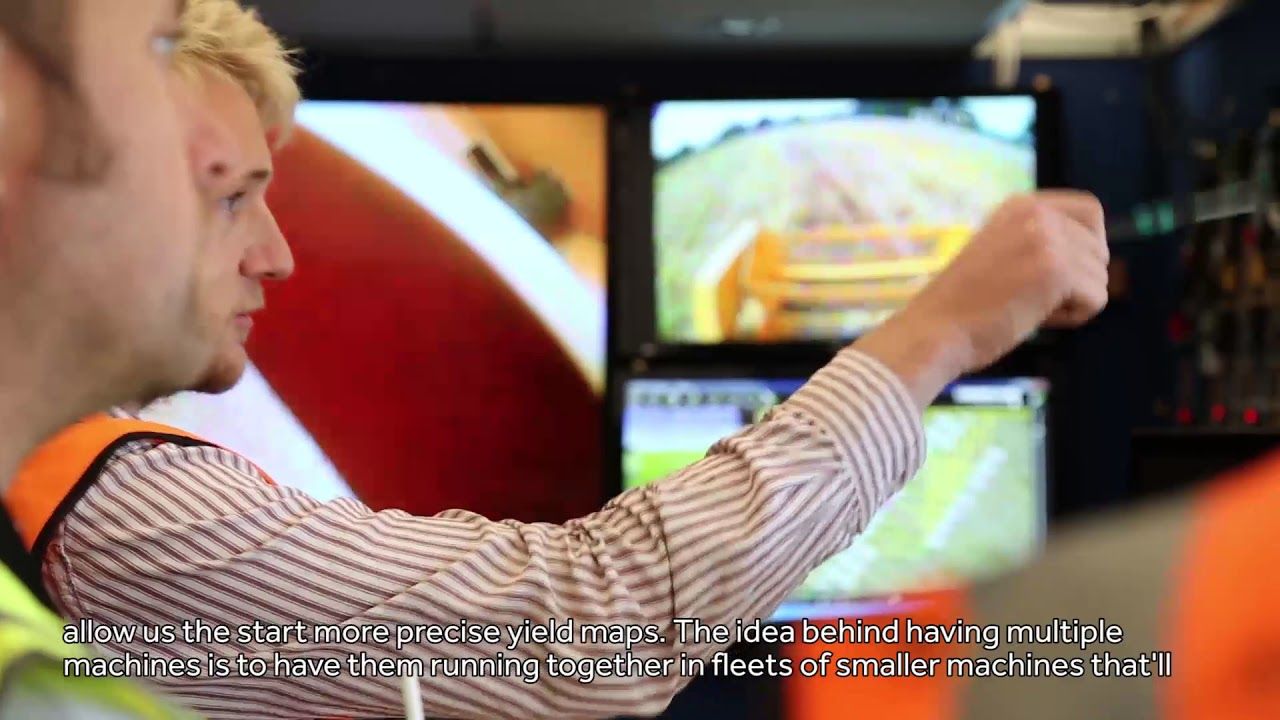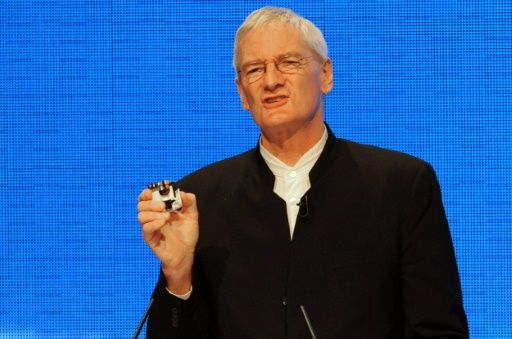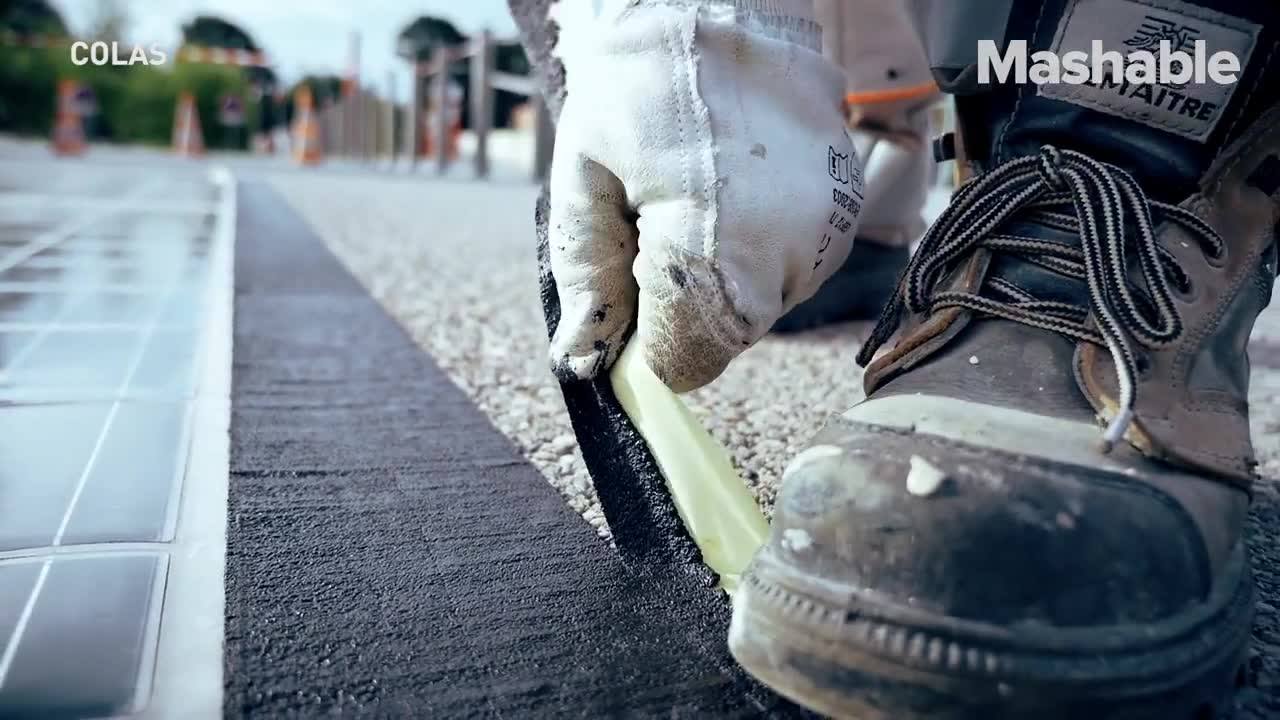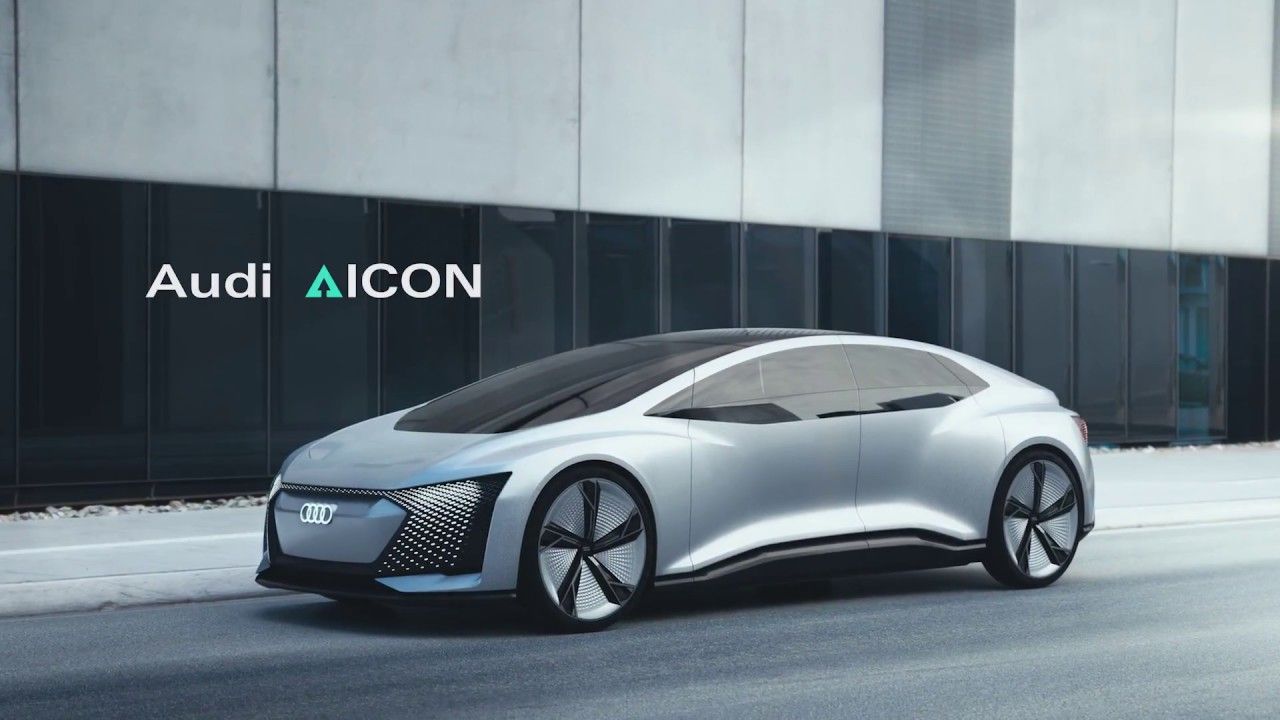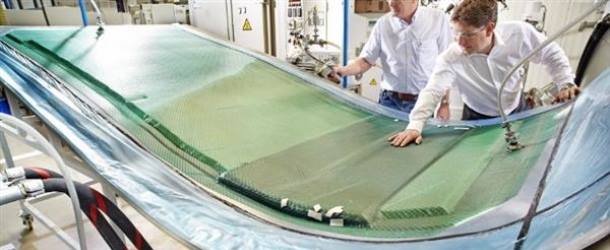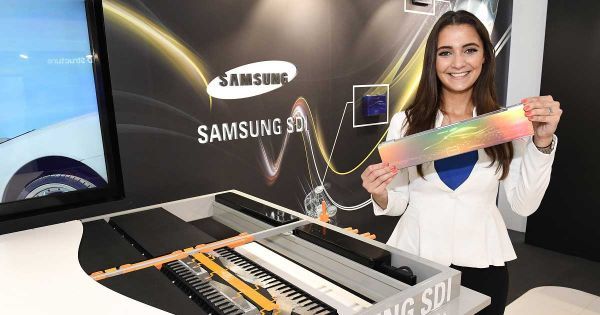It’s not every day scientists say a new kind of renewable energy could satisfy the majority of our power needs, so when they do, it’s worth leaning in close.
In a first-of-its-kind study, researchers have found that energy harvested from the evaporation of water in US lakes and reservoirs could power nearly 70 percent of the nation’s electricity demands, generating a whopping 325 gigawatts of electricity.
Alongside the great strides being made in solar and wind, biophysicist Ozgur Sahin from Columbia University says natural evaporation represents a massive unexplored resource of environmentally clean power generation, just waiting to be tapped.


